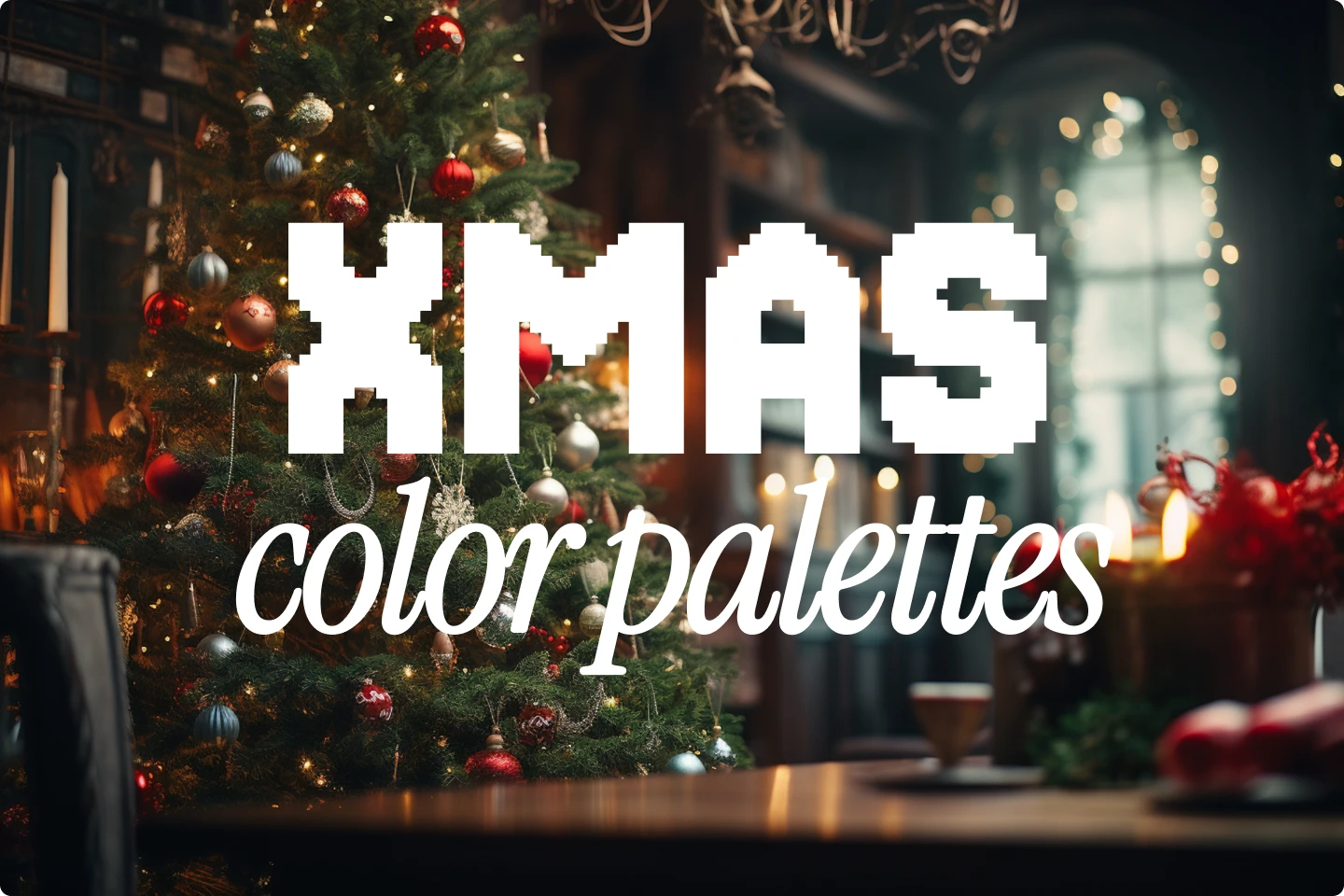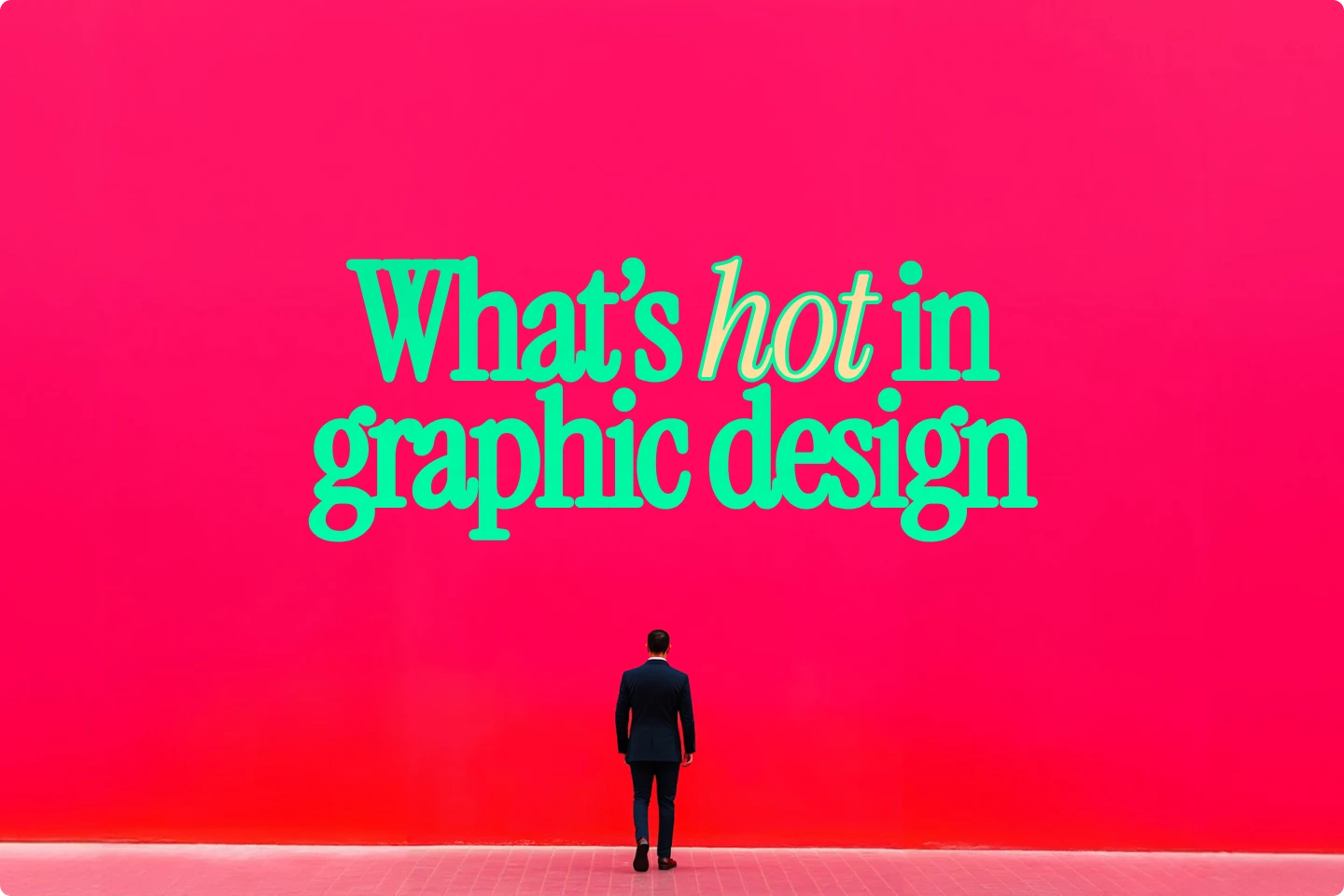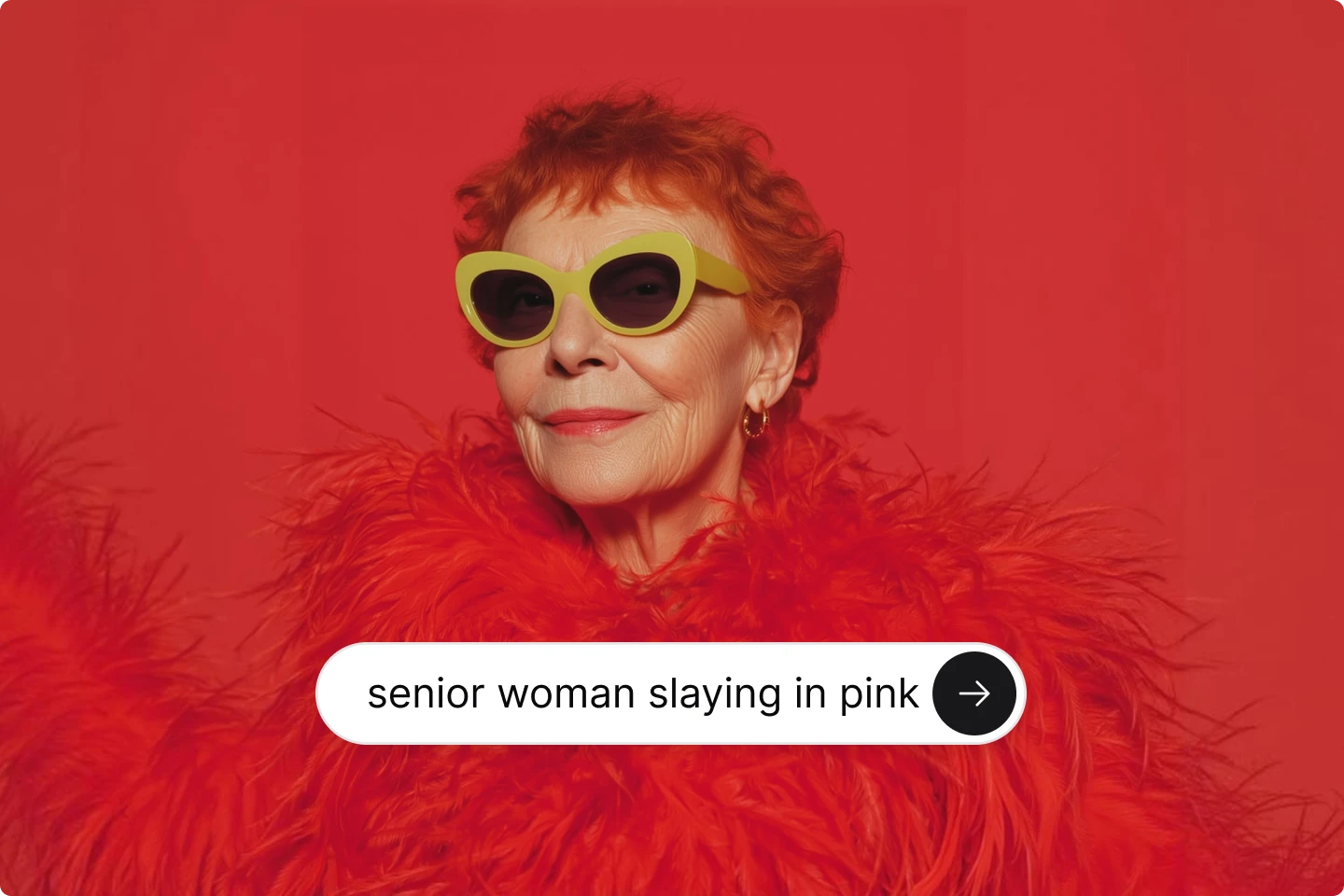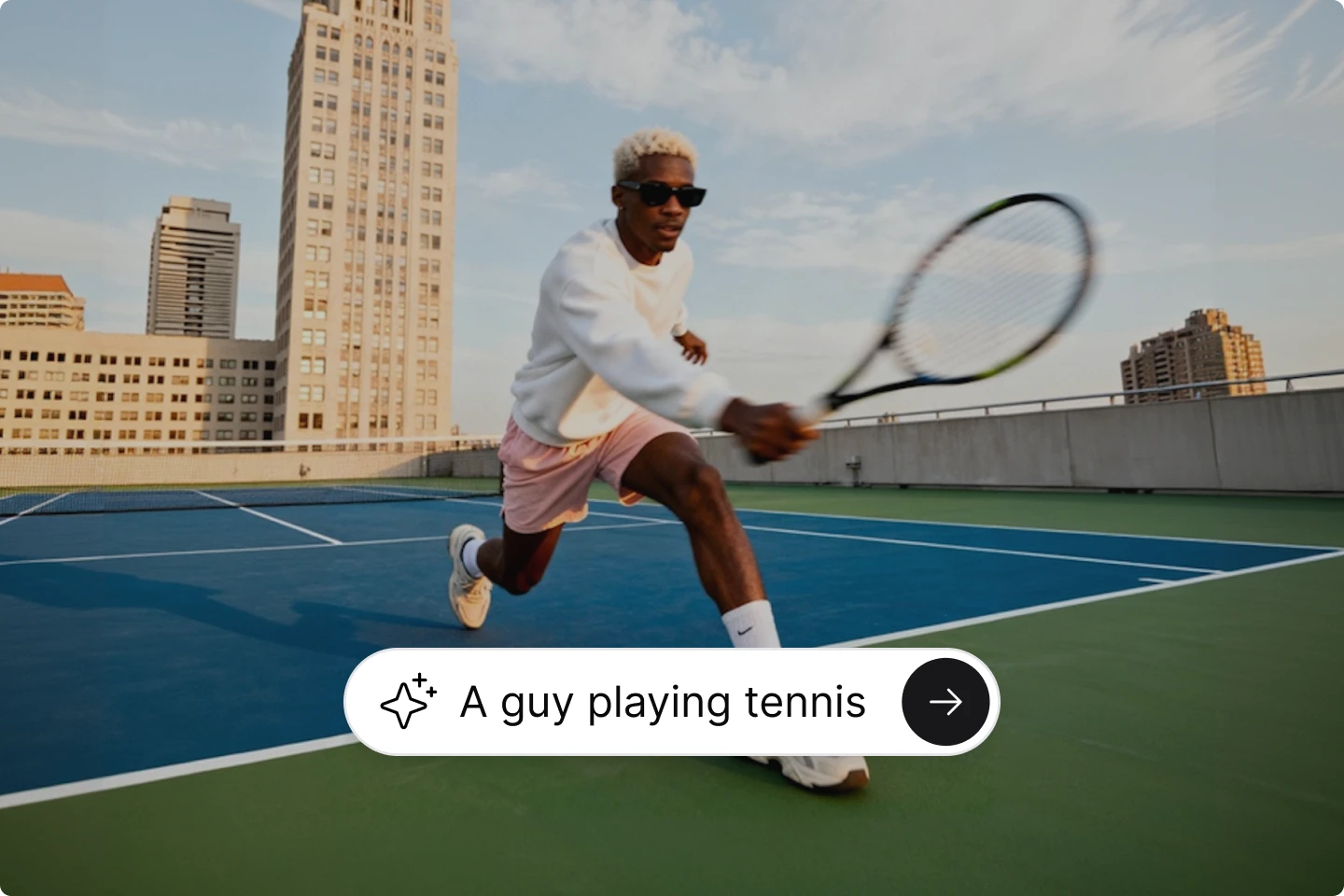7 best Pinterest alternatives to spark creativity


Pinterest is a staple, but we went out and found the best alternatives for creatives who are searching for a different type of inspiration.
Pinterest has long been a go-to platform for visual discovery, whether you're planning a brand mood board, curating creative inspiration, or just getting lost in a beautiful aesthetic rabbit hole.
But if you're looking to branch out, there are plenty of platforms that offer a more niche, focused, or community-driven take on visual exploration.
These alternatives to Pinterest serve artists, designers, marketers, and idea collectors alike. Whether you're seeking curated design examples, email layouts, portfolio inspiration, or simply a fresh way to organize ideas, there's something here to spark your imagination.
Why look beyond Pinterest?
Pinterest is a visual powerhouse, but it’s also broad, algorithm-driven, and increasingly geared toward shopping and product promotion. That can make it harder to find truly original inspiration or collaborate meaningfully with others.
Pinterest alternatives offer:
- Focused communities around specific creative disciplines
- Higher-quality or curated content
- Tools for organizing ideas in more flexible or conceptual ways
- Less noise and fewer distractions
Whether you're designing, researching, or just mood-boarding your next passion project, these platforms give you more creative control and depth.
How we chose the best Pinterest alternatives
We looked for platforms that emphasize creativity, exploration, and inspiration. While these alternatives have qualities similar to Pinterest, each tool offers a unique approach to how you collect, curate, or discover visual content, with a lean toward creative professionals and curious thinkers.
We evaluated each alternative based on:
- Content quality and relevance for creative work.
- Ease of organization and saving ideas
- Whether it's user generated content or not.
- Aesthetic and usability of the interface
- Use cases for professionals, creators, and teams
Now let’s dive into our top picks and these valuable resources for when you are short on inspiration.
1. Lummi
Lummi is a next-generation AI stock photo platform built to ignite creativity. With thousands of high quality and royalty-free stock photos, it’s the perfect place to doom scroll a wide range of quality images.
Whether you're a graphic designer working on a website, building a presentation, designing a new brand identity, Lummi gives you access to images for your project that are fresh, unique, and full of visual energy.
But, if you're not down for an hour-long scroll session, Lummi also has powerful filtering tools to help you find the perfect image fast. You can refine by orientation, number of people, luminance, and more. Now, with the Lummi AI image generator, you can also create the perfect image for your project.

Why we like it
Lummi combines the practicality of a stock photo site with the soul of an inspiration board. The assets are modern, visually cohesive, and highly usable across all types of creative work.
2. Cosmos
Cosmos.so is a beautifully minimalist platform designed to help you collect and organize creative inspiration. Think of it as your private, curated space for saving visuals, ideas, and digital references, all without the clutter of ads or social pressure.
You can create visual boards to collect screenshots, photos, videos, or links, and organize them by project or theme. Cosmos stands out with its clean, distraction-free interface and browser extension, which makes saving inspiration from anywhere on the web frictionless and fast.

Why we like it
Cosmos feels like a digital scrapbook for modern creatives. It's great for moodboarding, art direction, and building a visual archive of ideas without worrying about public followers or likes. The private-first approach makes it ideal for freelancers, agencies, and anyone who wants to think out loud without the noise of social media.
Where it could improve
Currently, Cosmos is optimized for solo use. While it's a strong tool for personal inspiration, it could be even more powerful with more collaborative or sharing features for creative teams.
3. Savee
Savee.it is a designer-favorite visual bookmarking platform that’s equal parts cool and curated. If Pinterest feels too mainstream or cluttered, Savee is the underground mood board with an editorial edge.
The platform allows you to save and organize visuals from around the web or upload your own. The interface is sleek, with a grid layout that puts the visuals front and center. This platform is especially popular with fashion designers, art directors, and creatives working in trend-forward spaces.

Why we like it
Savee oozes taste. The content feels more curated and elevated than what you’d typically find on mass-market platforms. It’s perfect for gathering reference material for lookbooks, shoots, branding concepts, or even tattoo ideas. Plus, the Chrome extension makes collecting images a one-click breeze.
Where it could improve
It’s image-focused only—no support for text notes or links—so if you’re looking for a more multi-format research tool, you might want to pair Savee with something like Are.na or Cosmos.
4. Are.na
Are.na is part mood board, part research journal, and part digital garden. It's a minimalist platform where users collect "blocks" of images, text, and links into themed "channels." Unlike Pinterest, there's no algorithm, just thoughtful, human curation.
It’s especially popular among artists, academics, and deep thinkers who want to explore ideas without the pressure of likes or trends.

Why we like it
Are.na feels slow and intentional in the best way. It’s about organizing inspiration as thoughts, not just aesthetics. You can connect blocks conceptually, explore others' channels, and build out a visual map of your own creative process.
Where it could improve
The bare-bones UI might not appeal to users who want a more colorful or structured experience. And while the lack of algorithm is refreshing, it means discovery depends more on exploration than feed-scrolling.
5. Dribbble
Dribbble is a long-standing staple for digital design inspiration, and has a vibrant community where designers post snapshots of UI/UX projects, animations, branding, and illustration work. This great platform is a fantastic resource for browsing through professional designs and gorgeous portfolios.
You can follow designers, collect shots into your own boards, and even hire talent directly through the site. Whether you’re working on a product interface, a logo, or just need a little aesthetic kick, Dribbble will help you find something fresh.

Why we like it
The quality bar on Dribbble is high. You’re browsing work from some of the best digital designers in the world, and the platform’s emphasis on community makes it feel personal and inspiring.
Where it could improve
Some content leans toward design “for show” rather than real-world functionality. You might see more concept work than actual shipped products, so it’s not always the most practical reference.
6. Behance
Behance, powered by Adobe, is a showcase platform for creative professionals across design, photography, motion graphics, and more. What sets Behance apart is the depth, projects often include full case studies, sketches, mockups, and rationale.
You can explore trending work, follow creators, and even search by tools used (Photoshop, Illustrator, After Effects, etc.).

Why we like it
Behance goes beyond pretty visuals and dives more into the process of the inspiration. This platform is ideal for creatives who want inspiration that also shows the how behind the wow. The global community and Adobe Creative Cloud integration make it seamless for pros.
Where it could improve
Some projects are long and complex, which can be overwhelming if you’re just skimming for quick ideas. It’s best used when you have time to dig in.
7. Really Good Emails
Really Good Emails is exactly what it sounds like,a curated library of the best email designs on the planet. Whether you're working on a welcome flow, promo campaign, or product announcement, this site gives you real examples from top brands with full HTML previews.
Each email is tagged by type (e.g., abandoned cart, onboarding, newsletter) and industry. You can search by brand, topic, or UX feature (like collapsible menus or animated GIFs).

Why we like it
It's an invaluable tool for marketers and product designers. The real-life examples, combined with thoughtful tagging and easy navigation, make it lightning-fast to find layout ideas or copy inspiration. Plus, the designs are modern, responsive, and performance-driven.
Where it could improve
You’ll need a Pro account to access more advanced features like saving collections or viewing code. And while it’s a fantastic source for email design, it’s obviously limited to one format.
Find the inspiration platform that fits your style
Whether you're a marketer building mood boards, a designer searching for the latest graphic design trends, or a creator following curiosity, there's more to visual discovery than Pinterest.
Platforms like this each offer something unique, whether it's curated brand examples, portfolio deep dives, or minimalist idea-mapping.
By using the right tool for the job, you’ll save time, think more creatively, and build projects that feel more intentional and original. So if your imagination needs a fresh spark, these Pinterest alternatives are ready to light the match.
Need even more design inspiration? Check out the best design blogs available in 2025.
Y2K aesthetic: nostalgia, fashion, and the future


.webp)



